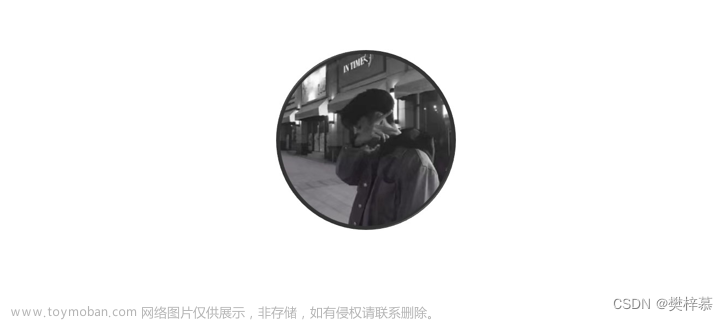1. 插入排序(insertion-sort):
是一种简单直观的排序算法。它的工作原理是通过构建有序序列,对于未排序数据,在已排序序列中从后向前扫描,找到相应位置并插入
算法稳定性:
对于两个相同的数,经过排序后,他们依旧保持之前的顺序,二者次序没有发生变化。插入排序是算法稳定的
时间复杂度:
最优情况
在插入排序中,当待排序数组是有序时,是最优的情况,只需当前数跟前一个数比较一下就可以了,这时一共需要比较N- 1次,时间复杂度为O(n)
最坏情况
最坏的情况是待排序数组是逆序的,此时需要比较次数最多,总次数记为:1+2+3+…+N-1,所以,插入排序最坏情况下的时间复杂度为O()
动态图:
 文章来源:https://www.toymoban.com/news/detail-697027.html
文章来源:https://www.toymoban.com/news/detail-697027.html
递归代码:文章来源地址https://www.toymoban.com/news/detail-697027.html
package com.nami.algorithm.study.day06;
import java.util.Arrays;
/**
* beyond u self and trust u self.
*
* @Author: lbc
* @Date: 2023-09-05 15:36
* @email: 594599620@qq.com
* @Description: keep coding
*/
public class InsertionSort {
/**
* 插入排序:
* 从右向左找
*
* @param target
*/
public static void sort(int[] target) {
insertion(target, 1);
}
/**
* 递归 缩小结果集
*
* @param target
* @param lowIndex
*/
private static void insertion(int[] target, int lowIndex) {
if (lowIndex == target.length) {
return;
}
int t = target[lowIndex];
// 已排序区域指针
int i = lowIndex - 1;
// 没有找到插入位置
while (i >= 0 && target[i] > t) {
target[i + 1] = target[i];
i--;
// 如果到达数组0时候 依旧没有找到,则退出循环
// 抽出,合并到while内
// if(i < 0) {
// break;
// }
}
//插入位置找到了
// 优化减少不必要的赋值动作,
// 需要替换的数组值,正好是大于i, i+1索引的值不需要动,这个赋值动作就不必要了
if (i + 1 != lowIndex) {
target[i + 1] = t;
}
insertion(target, lowIndex + 1);
}
/**
* 两种写法,这种赋值次数更多
* 时间复杂度相同
* 但是 效率没有上面的高,消耗在更多的赋值操作上了
*
* @param target
* @param lowIndex
*/
private static void insertion0(int[] target, int lowIndex) {
if (lowIndex == target.length) {
return;
}
// 已排序区域指针
int i = lowIndex - 1;
// 没有找到插入位置
while (i >= 0 && target[i] > target[i + 1]) {
int temp = target[i];
target[i] = target[i + 1];
target[i + 1] = temp;
i--;
}
insertion(target, lowIndex + 1);
}
public static void main(String[] args) {
int[] test = new int[]{1, 54, 234, 675, 32432, 23, 78, 459, 354, 9, 344, 22, 46, 85, 236, 3278, 245, 83, 154, 2, 1, 34, 73, 23};
int[] test2 = new int[]{2, 4, 7, 3, 2, 1};
// sort(test, test.length);
sort(test);
System.out.println(Arrays.toString(test));
}
}
到了这里,关于算法 数据结构 递归插入排序 java插入排序 递归求解插入排序算法 如何用递归写插入排序 插入排序动图 插入排序优化 数据结构(十)的文章就介绍完了。如果您还想了解更多内容,请在右上角搜索TOY模板网以前的文章或继续浏览下面的相关文章,希望大家以后多多支持TOY模板网!













